Estimated reading time: 05 minutes.
October/2014 - The EF 85mm f/1.8 USM is a fixed short telephoto large aperture prime made for portraits. The dynamics change when you have to keep some distance from your subject, keeping facial expressions flattering. And with such a large aperture, the depth of field control is excellent, easily isolating your subject from the background, giving that very unique DSLR look to the images. It’s not large enough to became exotic, but that is a good thing: it’s compact, light, easy to use, with a price tag to match. It is adequate to most photographers looking for an easy to use equipment.

At 425g the 85mm f/1.8 USM is one of the nicest EF lens to work with. Not front heavy (it’s just 7cm long), it balances well on any DSLR, APS-C or full frame, and can be with you at all times. The design era is the same as the EF 50mm f/1.4 USM, but with a noticeable difference: the 85mm features a ring type USM, and nothing expands during focusing. So it’s more robust, reliable and silent; I wish every Canon EF lens worked as discretely as this one.

Its operation is simple like every USM lens: just a manual focusing ring (featuring full time manual) and the AF/MF switch. You can leave it at AF for the camera to control the focus, but at the same time you can compensate using the ring. The internal mechanism is precise and there’s no play between the ring and the focusing group. It is easy to nail focus, even with the short depth of field.

One of the main differences between the state of the art f/1.2L II USM and the basic f/1.8 USM lies on their autofocus. The f/1.2 uses a fly by wire ring that sends an electronic signal to the USM motor, moving the very heavy focusing group. But the f/1.8 is mechanically coupled, faster and with better feedback. That’s why the younger sister allows you to follow moving subjects, while the f/1.2 just can’t keep up. So it is better for action, sports, street photography, whereas the f/1.2 is better suited for portraits or whenever you don’t need to wildly change focusing distance.
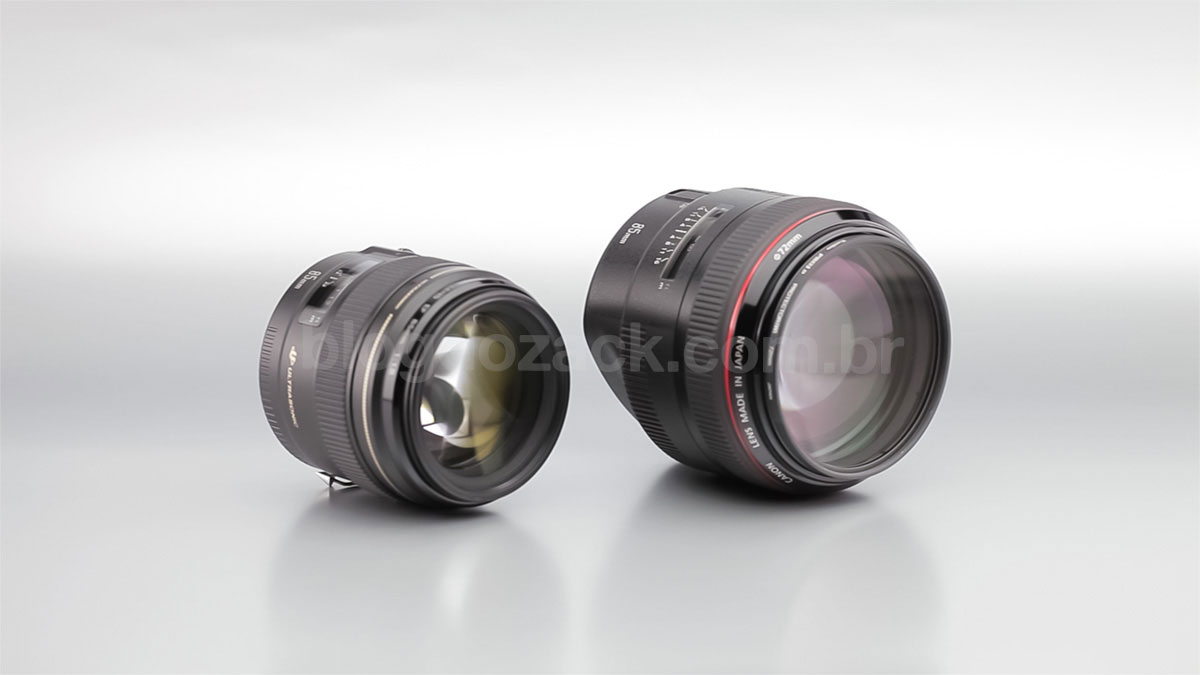
At the rear, the metal mount is excellent for many mount/unmount cycles, with far less friction. At the front the ø58mm filters are small and inexpensive. The kit doesn’t include a lens hood, that must be purchased separately. It’s a good option as a backup lens for higher end kits, or to be with you at all times, be it on full frame or APS-C for portraiture work. And considering its results, it’s one of the best purchases on the entire Canon’s EF line. A complete IQ and operability package.
With 9 elements in 7 groups, none with special form or glass, the 1992 EF 85mm f/1.8 USM was not made with the digital era in mind. It was from a simpler time, with no absurd demands from angry photographers about resolution and chromatic aberrations, when the images matter more than the manufacturer credentials: shallow depth of field, high contrast and balanced colours. And that’s what it delivers at any aperture, with a surprise: the resolution is spectacular with any digital camera, for large prints, be it from studios or a weekend with friends. Photos with 5D Mark II.
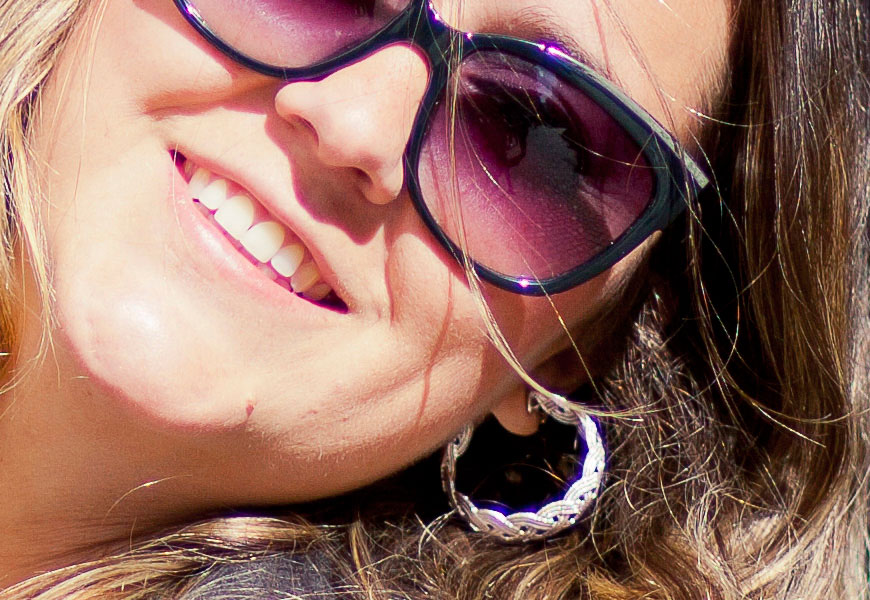
100% crop, some blooming wide open, but the resolution is very impressive.
Starting at f/1.8, the 85mm USM shows loads of light leaks around contrast areas, with some purple fringes around buildings, metallic objects or graphics. We have to stop it down to f/2.5 to eliminate it and the resolution gets uniform from edge to edge. It is good wide open, but it gets better stopped down. It’s not a lens for any aperture: remember to stop one or two EVs for maximum performance, especially under brightly lit scenes like during the day, under the sun shine.

100% crop, light blobs around highlights.
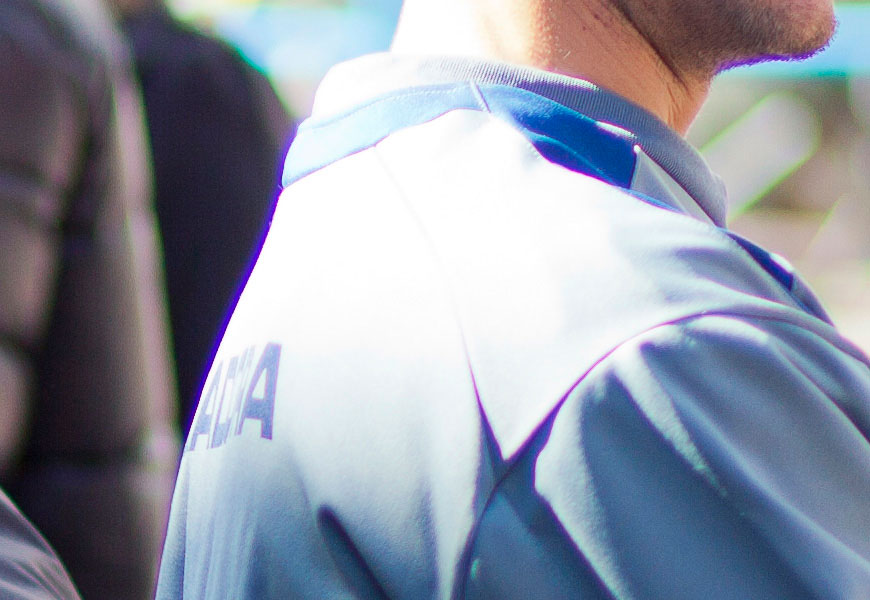
100% crop, a chaotic CA performance under too much light!
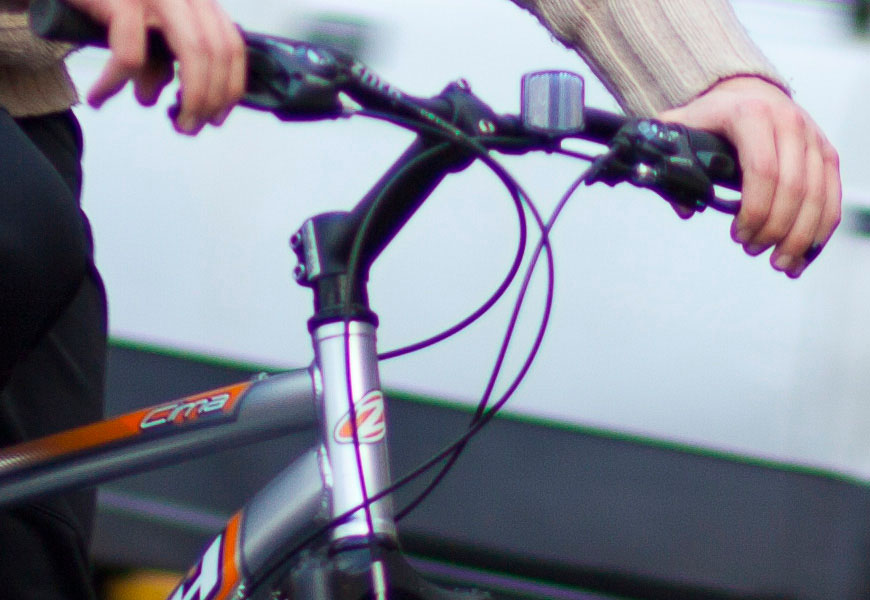
100% crop, purple fringing around contrast edges.
But from f/2.8 and up we have very similar results to the L series, with details on clothes, portraits, street photography: anything that fits the depth of field, which remains short at 85mm. If you’re into short depths of field, get closer to your subject to really isolate it. The results are pictures with a single element in focus, good for close-ups, beauty shots, private compositions. It works even on APS-C cameras, as the 136mm equiv. makes it even easier to isolate the subject.

100% crop, no signs of CAs.
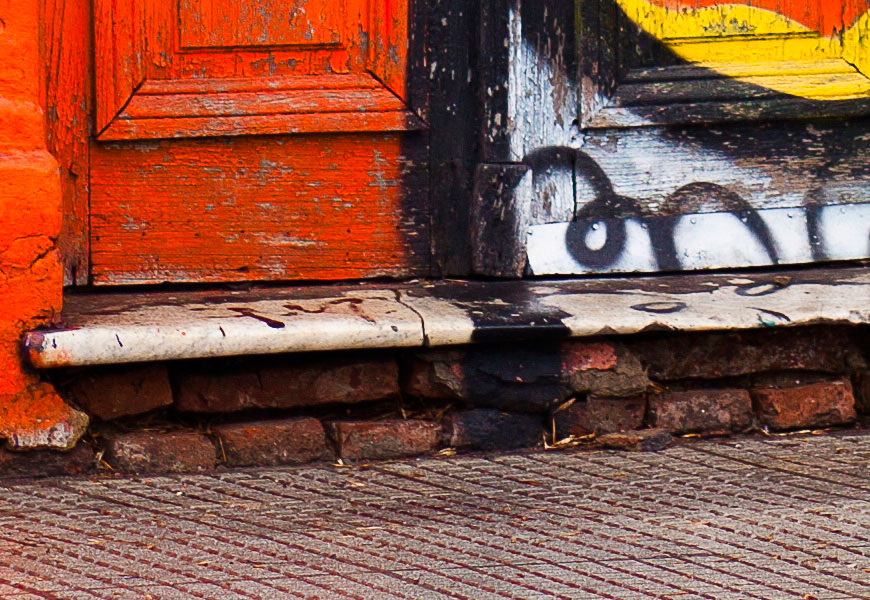
100% crop, lack of optical flaws.
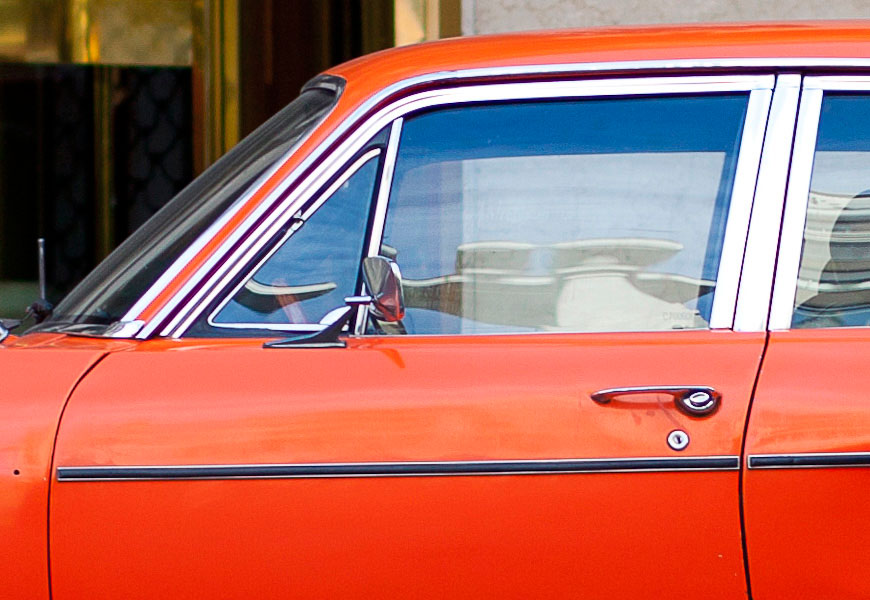
100% crop, chrome issues are gone at f/2.8.
Colours are balanced with the rest of Canon’s lineup, since the FD 50mm f/1.4. It’s a bit warmer than other brands and great for skin tones. It’s not yellow, ok? It’s just tuned for asian skin tones. The contrast overall is excellent from f/2.5 and the 85mm f/1.8 USM is very interesting to work together with the light, if it is part of your composition, appearing inside the frame.
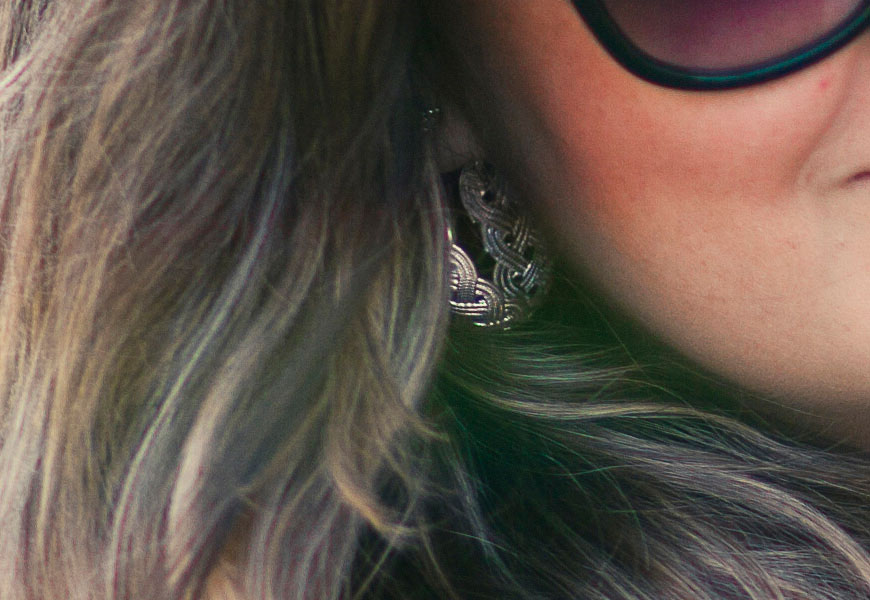
100% crop, some flaring at the short DoF.
The bokeh looks a bit complicated at longer focusing distances. There’re some repetitive lines, harsh edges on highlights and some axial CA on the background. It looks better in print, but if you’re outputting the images to the web, it is best to get closer to your subject; it gets smoother this way. Only top of the line L lenses get specific groups to enhance the out of focus appearance.
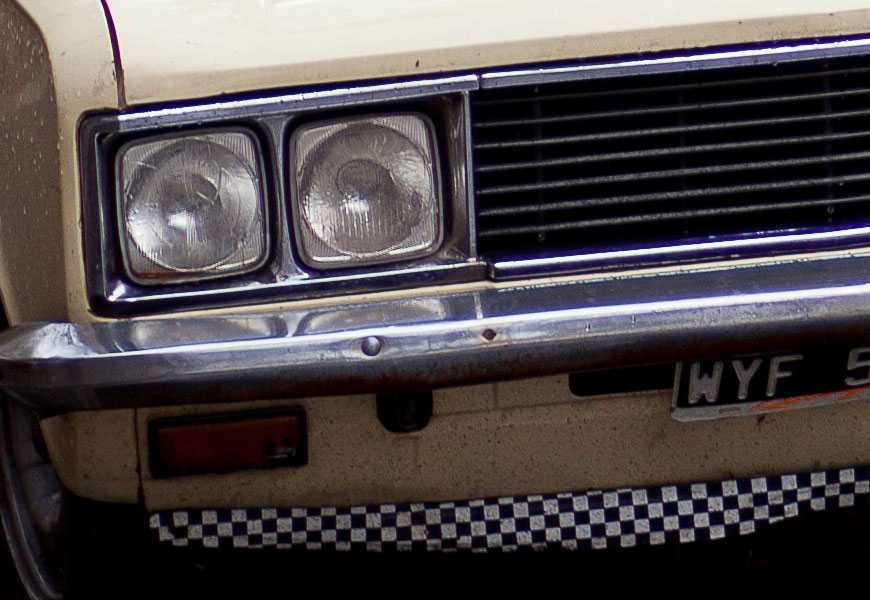
100% crop, the details are impressive at f/1.8…
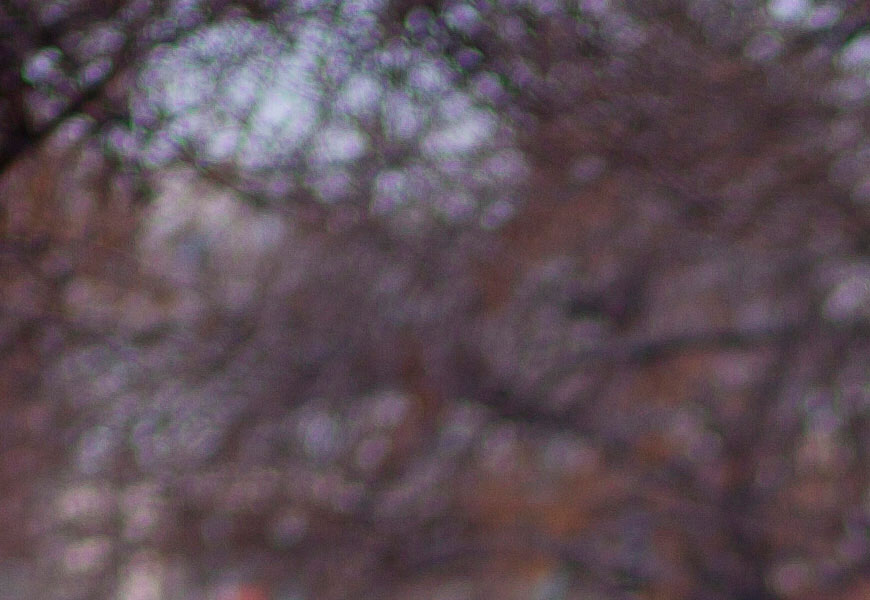
100% crop, but the bokeh gets complicated at longer focusing distances.
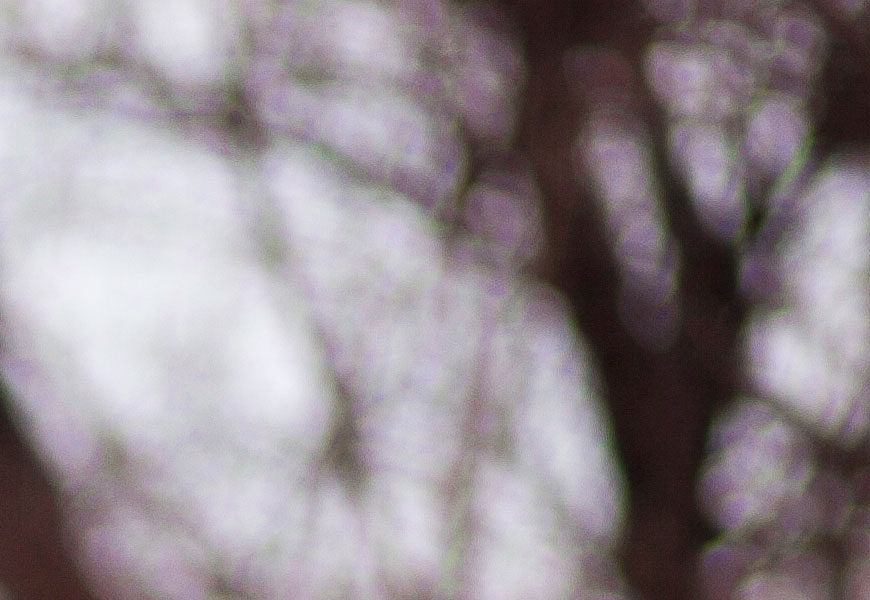
100% crop, fuzzy background again.
A very flexible large aperture prime with a great distance for portraits, and perfect performance from f/2.5 and up. Considering its price and age, it can be a good choice if the focal length works for you. The 50mm f/1.8 II equivalency on APS-C is similar to the 85mm; so you can think about the EF 85mm on a future full frame upgrade. Try the 85mm on a zoom lens before you explore the shallow depth of field at f/1.8. Optically it is great. The results are on your hands. Nice shooting!